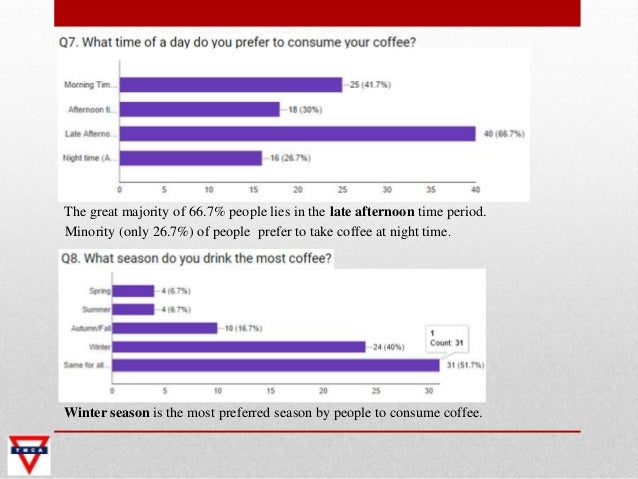

When the product is delivered again, it becomes full. The decrease starts after the green gauge is empty. The blue gauge represents a lack of goods with a happiness rating of +1. The same type of product cannot be consumed until this gauge is empty. The green gauge indicates that the product is being consumed. There are two types of happiness gauges: green gauge and blue gauge. The maximum boost of production speed by happiness is 300% (happiness 5,000).įor details click here Happiness Gauge Happiness increases as the rank of a traded item increases.Īs happiness increases, production speed boosts at any production facility that requires workers on the map, depending on the increased value. It rises by buying and selling goods through the market, and goes down with time. The market has the ability to automatically sell items in inventory to homes within a connected range.īarometer representing the happiness of Factory Town residents. Here, the five buildings of the food market, general store, pharmacy, tavern, and luxury store are collectively referred to as the “market”.

Happiness increases to a maximum of 5000.ġ00 houses x 50 types of goods = 5000 happiness levels When one product is delivered to one house, the happiness level is incremented by one. Rough translate from other language, enter with CAUTION!ĭelivering goods to the market or house consumes goods in the house, and happiness is met for some time. Logic changed, currently new logic guide WIP On Wednesday, the company also declared the second interim dividend for 2022 of ₹120 per share amounting to ₹1157.0 crore, to be paid on and from 16 November 2022.List of all the item consumption & happiness timers: “Strong top-line growth ties up with our view that noodles and biscuits are among the few FMCG categories which are seeing a demand revival due to down-trading from street foods," said Abneesh Roy, head of research, Nuvama. The company’s Nescafe Classic and Sunrise range of beverages reported strong growth, it said. The milk products and nutrition category performed well led by strong growth in Milkmaid as well. Meanwhile, commenting on categories, the company said that growth in its prepared dishes and cooking aids business was driven by Maggi noodles, and helped by media and distribution expansion. “Lower employee cost (90bps) as a % of sales helped to partially offset the raw material pressure while other expenses were higher (40bps) due to increase in fuel prices," said Amnish Aggarwal, head of research, Prabhudas Lilladher Pvt Ltd.Īggarwal expects sequential margins to improve from the fourth quarter of the current calendar year as high-cost inventory would have been utilized during the quarter. Meanwhile, the company’s gross margins contracted by 292bps year-on-year to 52.8% impacted by higher commodity pries in edible oil, milk and its derivatives as well as packaging materials. Growth has been very strong in the large metros and mega cities and continued to be robust across smaller town classes including rural markets," Suresh Narayanan, chairman and managing director, Nestlé India said. This achievement has been on continued strong volume and mix evolution with broad based double-digit growth across all categories. “…we have witnessed the highest sales growth during a quarter in the last five years.

The platform will expand to other parts of the country. On Wednesday, Nestle India also announced the launch of its first-ever ‘direct to consumer’ (D2C) platform-to be launched in Delhi NCR. However, fresh milk, fuels, grains and green coffee costs are expected to remain firm with continued increase in demand and volatility, it said. The company is witnessing early signs of stability in prices of a few commodities such as edible oils and packaging materials. Domestic sales for the maker of Maggi noodles and Kit Kat chocolates grew 18.3% year-on-year.


 0 kommentar(er)
0 kommentar(er)
